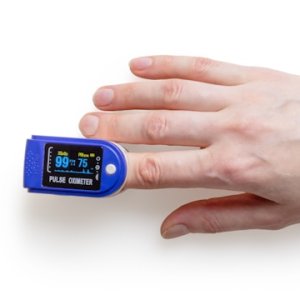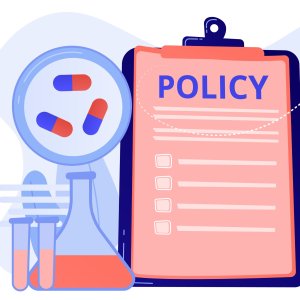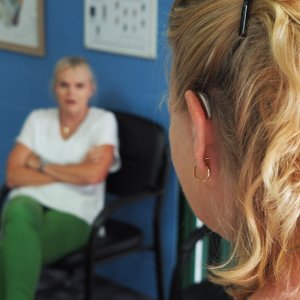Tijuana: A Growing Health Technology Hub

Tijuana: A Growing Health Technology Hub

STORY INLINE POST
Q: What are the tendencies in the medical devices sector and what future tendencies will we see?
AC: I think we will see a tendency for more personalized devices with a high degree of integration with electronic devices. For example we will see apps that give patients easier control of devices and will enable monitoring of the patient and sending out alerts. This is a world trend. We have heart valves that no longer require weeks of recovery but only 24 hours. We have catheters that enable the doctor to enter the blocked artery and use digital technology to check both ends of the artery, find the clot and remove it. We help manufacture the latest products that are being thought up and designed in R&D centers and head offices.
CH: Companies are getting bigger and there is world pressure to lower the cost of commodities. This is usually the first outreach we have with companies. They begin by making simple products and move toward more complex operations. There are companies like Foxton who traditionally make electronics and are looking to move into medical devices, or Thermalfusion, who are moving toward big data and analytics and medical device software.
MF: We have been in the industry for 30 years. In contrast to other industries we do not receive obsolete technology but the latest and newest advances in the field. We are participating in the design of devices from a manufacturing point of view.
Q: What percentage of the cluster does medical devices represent? How important is it for you?
MF: In Tijuana, there are almost 580 manufacturing companies, 44 of which belong to the medical devices sector, which is 7.5 percent. In terms of employees, we employ 42,000 of approximately 200,000 people.
CH: In 2015, medical devices represented 10 percent of investment in Baja California and 25 percent for Tijuana.
AC: Baja California represents 50 percent of the medical devices industry in terms of plants and 25 percent in terms of employees.
Q: What are the cluster’s strategic priorities?
MF: We have updated our strategic plan. We used to have seven lines, which we have reduced to five: human capital development, supplier development, promotion of the sector, government relations, R&D. We have had successes in all.
Q: Why is Tijuana attractive to foreign companies? What facilities are there?
AC: We have people with over 25 years of experience that are bilingual, who know the culture of both the US and Mexico. We have access to the international airports of Tijuana and San Diego, we have an international port so we can import and export and Long Beach port is not far either. From a logistics point of view, we have access to all means of transport. We have world class facilities and universities that can give us calibration systems we need and we have support from the government. Unlike other industries, we are not content with 99 percent quality because in medical terms that means one in every 100 patients dies, which is not good enough for us. We have been successfully audited by the FDA many times.
Q: To what extent do you believe you will grow?
MF: There are many medical devices opportunities in Nordic countries. They are trying to enter the US market and Tijuana is an ideal place to start. Other countries such as the Czech Republic have companies looking to move here. Mexico has important commercial power in terms of certifications and trade agreements. We also have R&D, which is the message we are taking to international embassies.
AC: In the medical sector, Mexico will grow the most, even compared to Italy, Germany, the UK, the US and Japan. We project to grow between 7 and 10 percent.























